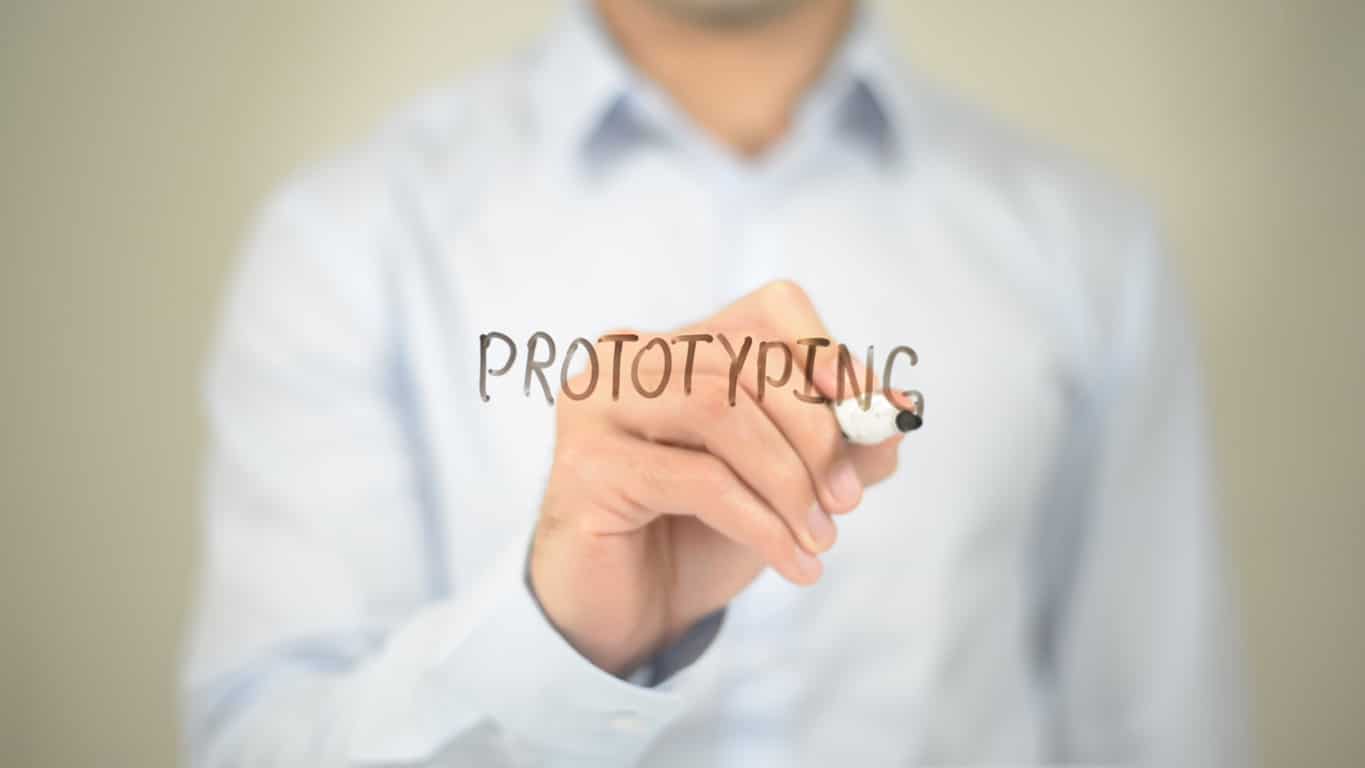

Instructional designers often find themselves playing the role of the project manager, taking on the responsibility for establishing project timelines and communication schedules in addition to actually creating the learning content. The seemingly innocent and often asked question, “How long will it take you to make this?” may be anxiety-inducing for instructional designers whose short answer is, “It depends,” and whose long answer involves a detailed explanation of various project milestones, the significance of each step of the design process, and their other competing demands.
When the rapid pace of business and tight project timelines do not permit instructional designers to devote long periods of time to following formal design processes such as ADDIE, other methods such as rapid prototyping can be followed. Rapid prototyping is an iterative approach, where designers speedily move through a continuous design process, beginning with preliminary models then creating more sophisticated models as they receive feedback throughout the design process. Each prototype is the minimum viable product for that point in the design process, and the product is updated and improved continuously until it is deemed sufficient to meet the needs of the project.
In short, rapid prototyping is a three-step process, consisting of prototyping, reviewing, and refining, then repeating these steps as needed until the project is deemed complete.
If you’re new to rapid prototyping, you may be asking yourself the following questions:
Rapid prototyping could begin with the instructional designer drawing out a low-tech, pencil and paper mock-up of a course, to how learners will progress through the course from topic to topic, and how the interactions within the course create a rewarding experience for the learner. This concept map will help others to quickly see the designer’s vision. For the next step, the designer could write a storyboard that includes the actual wording and imagery they will use in the course (as much as possible). Taking the time to get approval of the storyboard will save time later; this gives the designer the confidence that the content they build in the authoring tool will meet their stakeholders’ approval. Their first draft of the course could even be used with a focus group before the intended learners see it, and feedback from the focus group could guide the designer in developing the final product.
This iterative process allows the designer to move with confidence and support from version to version, making informed design decisions based on feedback and guidance from their various stakeholders.
No matter the reason, rapid prototyping is an efficient model to follow when you need to develop something fast to keep your stakeholders satisfied.
Would you like to collaborate with instructional design experts who can rapidly prototype your dream courses? Let’s talk!